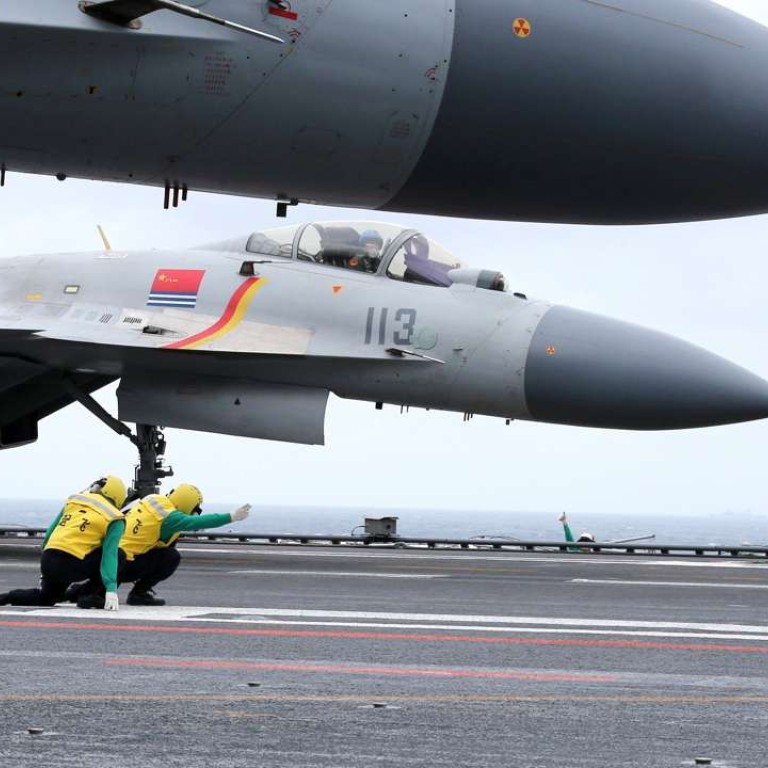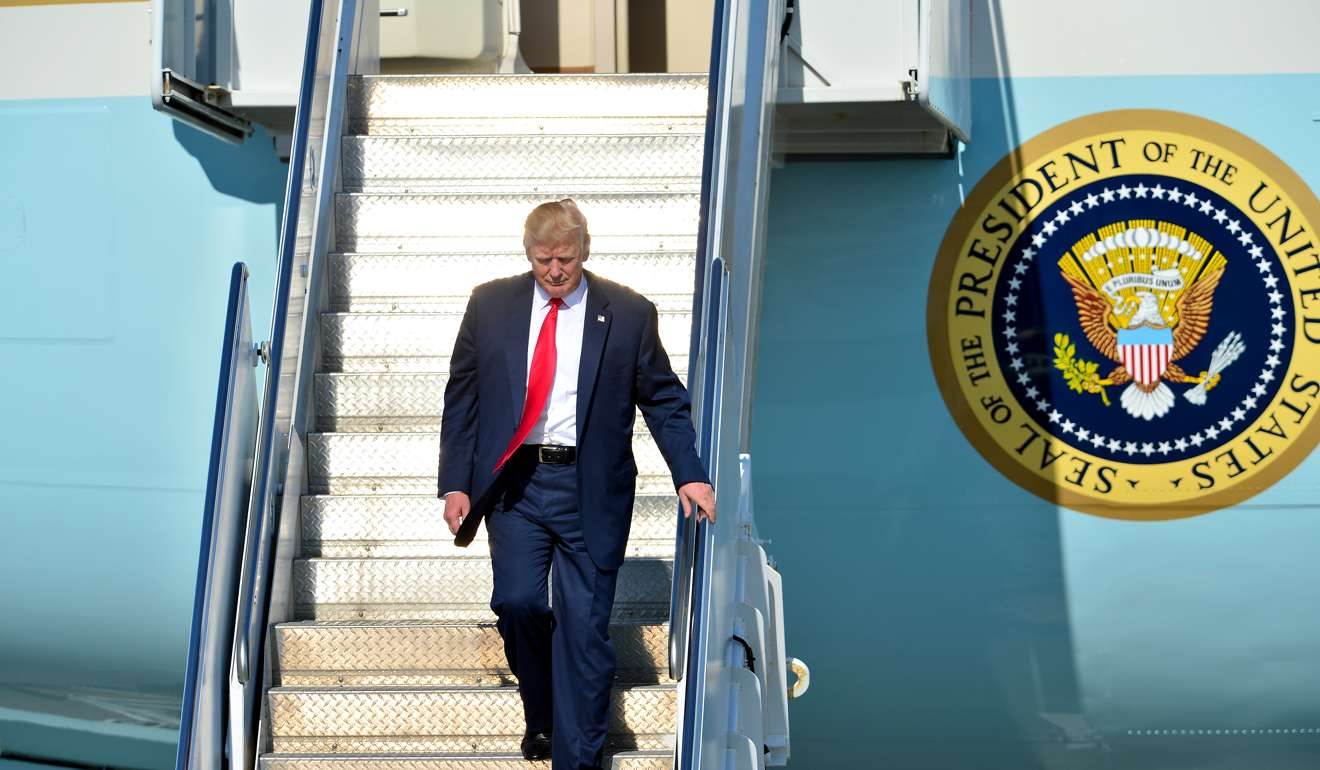
Beijing expected to test Trump’s threshold for provocation in South China Sea
The South China Sea appears set to heat up this year as US President Donald Trump’s administration considers its options.
During the campaign and the presidential transition, in addition to questioning the United States’ one-China policy and lambasting Beijing for its trade practices, Trump touched on the contested waterway.
In December, after his unprecedented decision to accept a phone call from the president of Taiwan, Tsai Ing-wen, Trump took to Twitter to complain that Beijing didn’t “ask” the United States if it could “build a massive military complex in the middle of the South China Sea” – referring to the constellation of artificial islands in the Spratly Islands and its military outposts in the Paracels.
When James Mattis, Trump’s defence secretary, visited Tokyo early this month, he clarified the new administration’s South China Sea policy – mostly reaffirming what the Obama administration had emphasised.
Mattis underlined the importance of freedom of navigation above all other principles and said “the United States did “not see any need for dramatic military moves at all”.
Privately, however, Mattis hinted to Japanese officials the US would seek to pick up the pace of such operations.
The Obama administration carried out four such operations near China’s South China Sea possessions starting in 2015, which were intended to assert navigational rights under international law, but drew sharp protest from Beijing.
According to more recent reports, the US Pacific Command, which had encountered some pushback from the Obama administration on intensifying these operations, would present Trump with options soon to resume them.

China’s loud and vocal opposition to any freedom of navigation operations backed by Trump is a given, but the US stands to benefit from a regular presence in the waters.
The Obama administration baulked at Chinese protests over these operations, fearing that sustained and regular operations would potentially chip away at US-China cooperation in other areas, including on North Korea.
The Trump administration will have fewer qualms in this regard.
Above all, the manoeuvres were never intended for use as a military deterrence tool; they were intended as a mundane form of asserting rights under international law.
China’s regular complaints about the United States’ “militarisation” of the South China Sea, however, seemed to convince the previous administration that such operations were especially provocative.
It remains to be seen whether the Trump administration will place a similar level of emphasis on the July 2016 ruling at the Hague-based Permanent Court of Arbitration on China’s claims in the waters.
The ruling found China’s capacious nine-dash line claim illegal under international law and supported the Philippines’ grievances against Beijing.
Another question that arises in the Trump era in the South China Sea is the question of the Scarborough Shoal.
Once hotly contested between the Philippines and China, since Rodrigo Duterte’s inauguration and Beijing and Manila’s subsequent rapprochement, waters at the shoal have grown relatively still.
This is especially stark when one recalls concerns in early 2016 that China was about to begin island building at the atoll.
Doing so now would erase some of the China-Philippines bonhomie, but Beijing would presumably force the Trump administration into a dangerous test of resolve over the shoal – potentially precipitating a crisis.
There are signs still that China hasn’t quite figured out where Trump’s priorities lie with regard to the US-China relationship or what his administration’s threshold for escalation might be.
But expect to see a major test of this new administration by Beijing.
Ankit Panda is a senior editor at The Diplomat, where he writes on international security, diplomacy and economics in the Asia-Pacific region.

